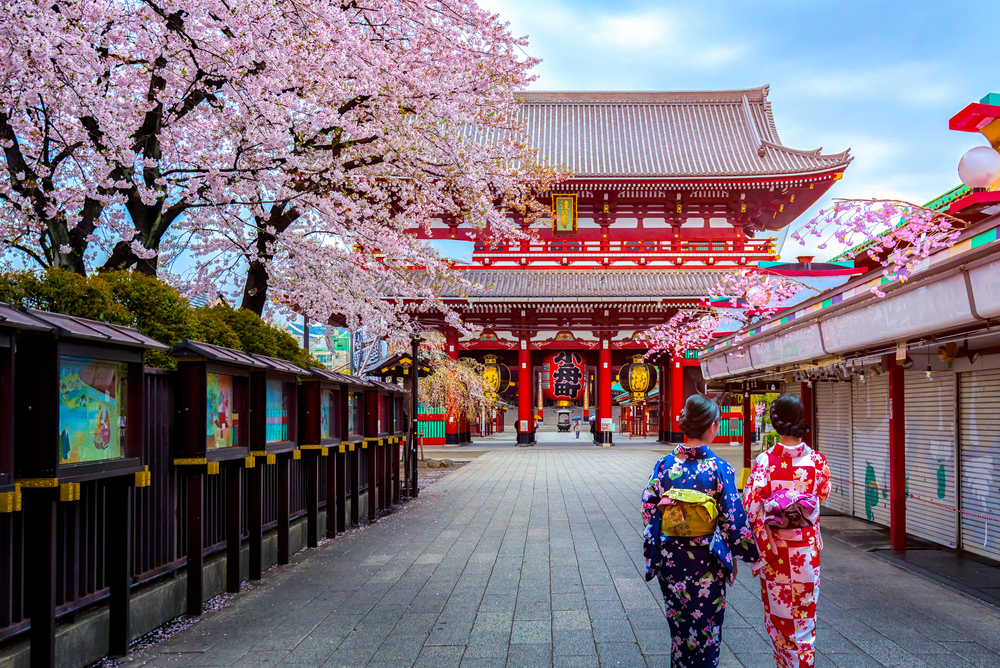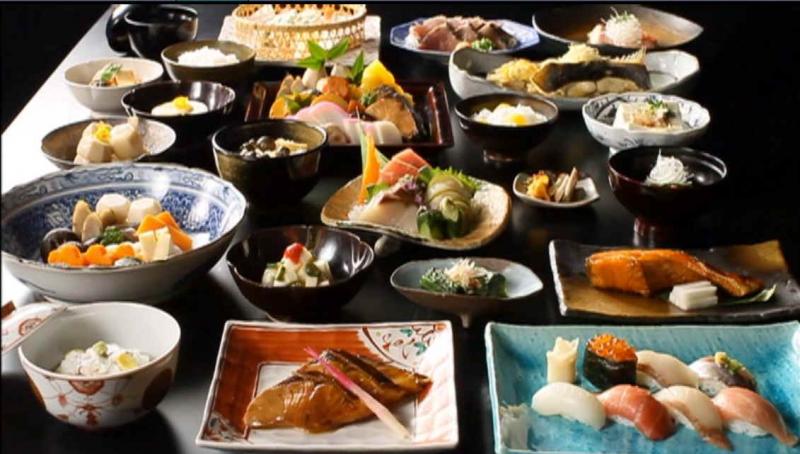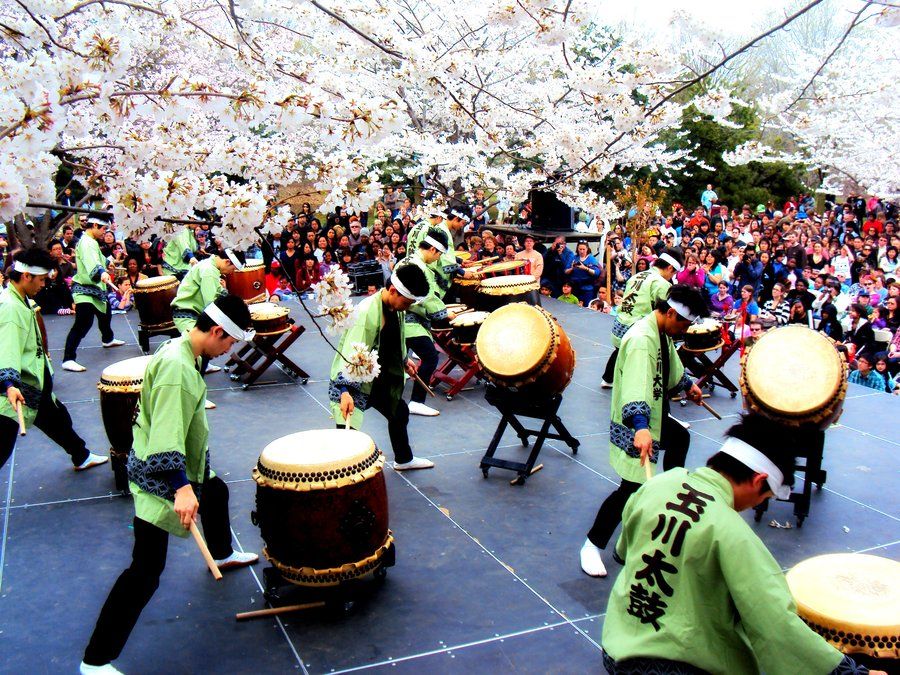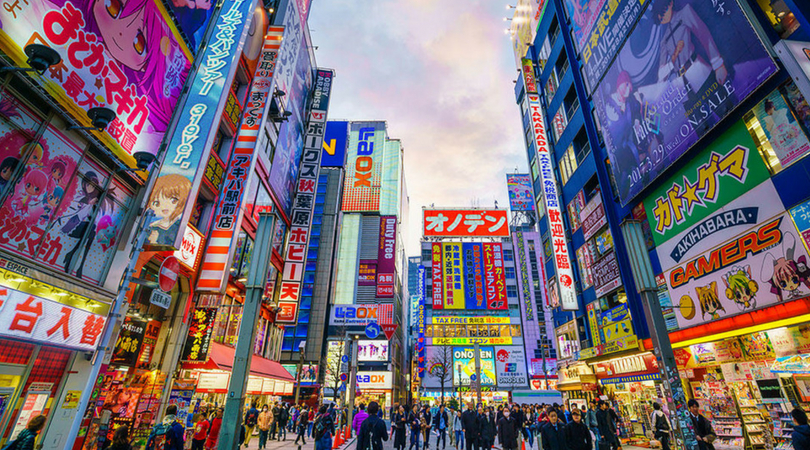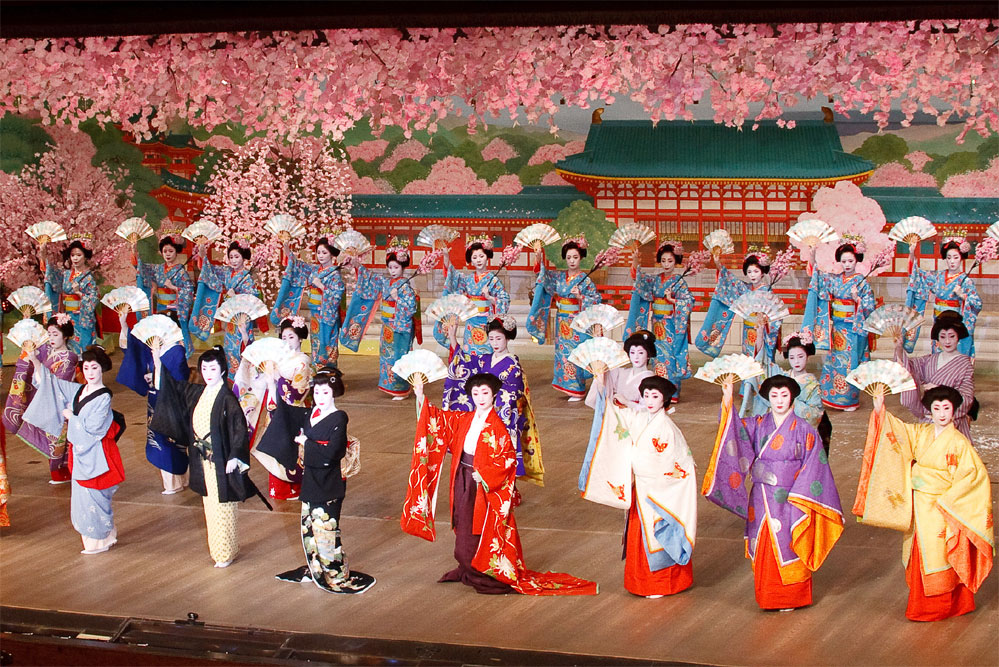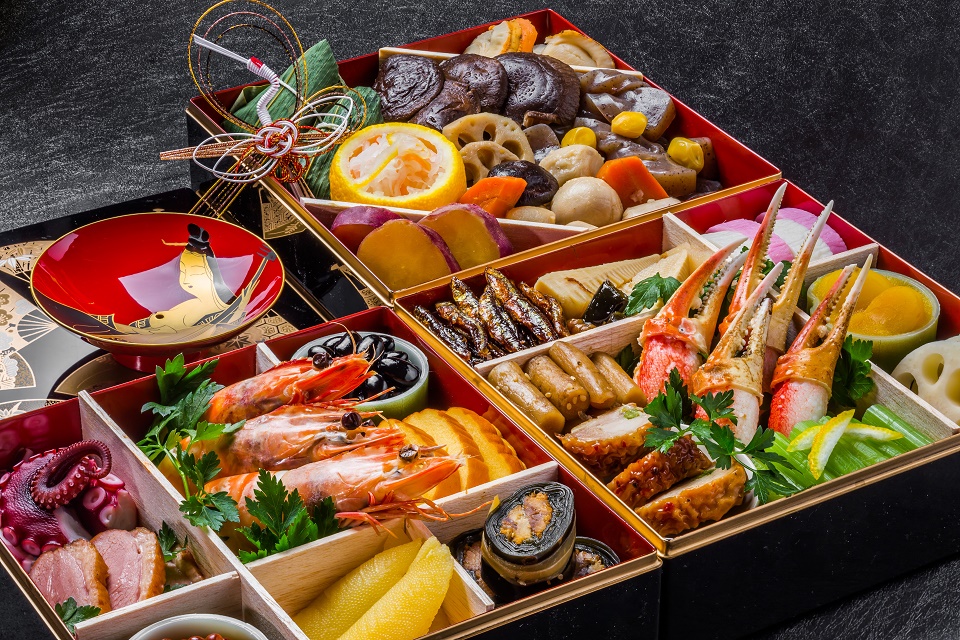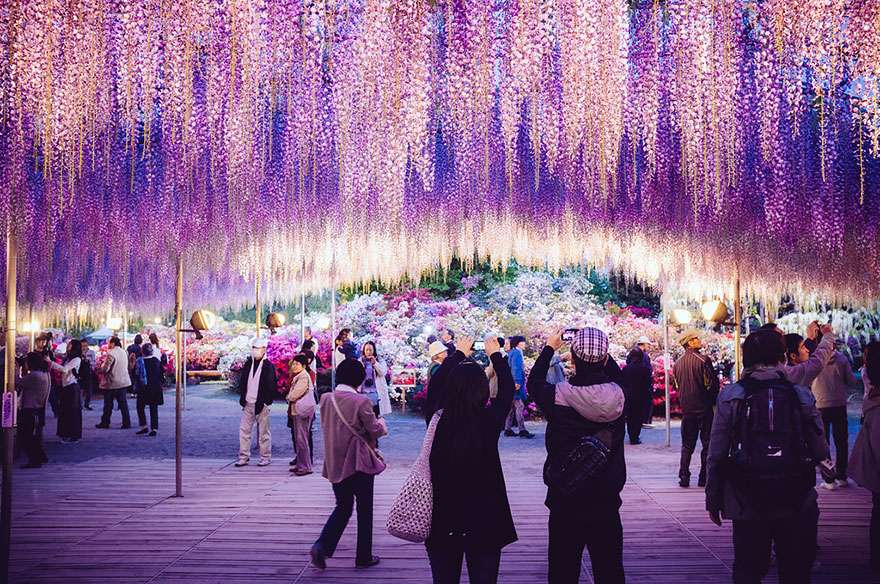JAPAN
About Japan
Japan is an archipelago (chain of islands) made up of about 3,000 islands. About twothirds of the land is too mountainous for development, so almost all the people live in cities, most of which were built on the country's flat land (plains area). The country sometimes experiences natural disasters, such as typhoons (huge storms originating over the ocean) and earthquakes. Some mountainous areas have been terraced (had step-like areas cut into them) to allow farmers to grow rice and other crops. The climate is good for farming, with rice being the chief crop. About half of Japan's arable land (land able to be farmed) is devoted to growing rice. From the 1970s to the 1990s, the production of Japan's livestock farmers doubled.
Food and Culture
Rice and noodles are the two primary staples of the Japanese diet. Rice, either boiled or steamed, is served at every meal. Noodles come in many varieties. Among the most popular are soba, thin brown noodles made from buckwheat flour; udon, thick white noodles made from wheat flour; and ramen, thin, curly noodles, also made from wheat flour . Soy sauce and other soybean products are also staples in Japan. These include miso (fermented soybean paste) and tofu (a soybean curd that resembles custard). Other common ingredients in Japanese food include bamboo shoots, daikon (a giant white radish), ginger, seaweed, and sesame seed products. Japanese pickles called tsukemono are served at every meal. Seafood is also plentiful in this island nation. Green tea is the national beverage of Japan, although black tea is also available. Sake (SAH-kee, wine made from rice, usually served warm) and beer are also very popular.
